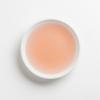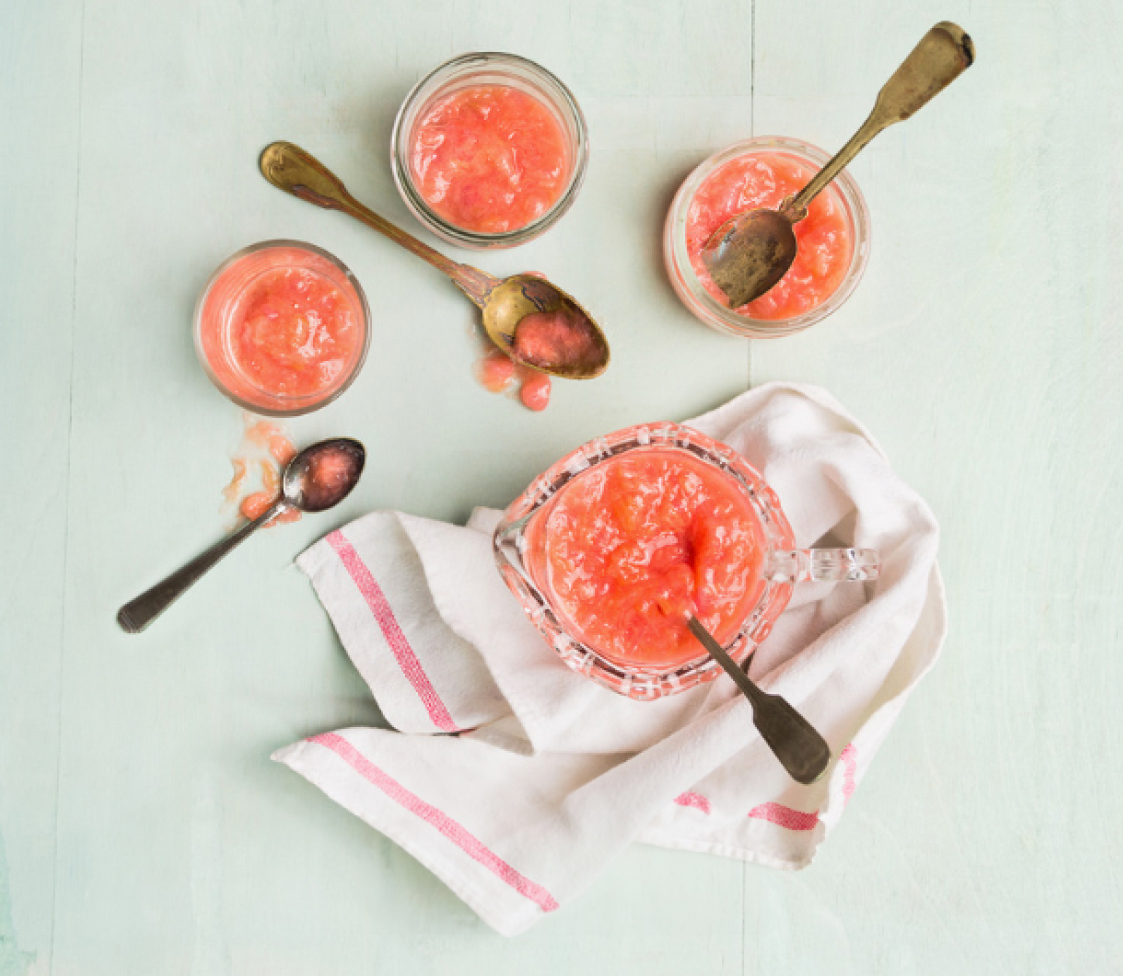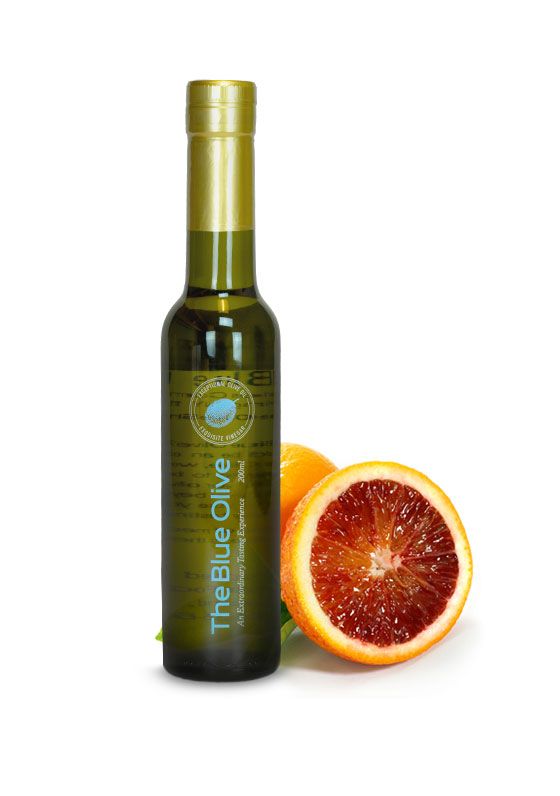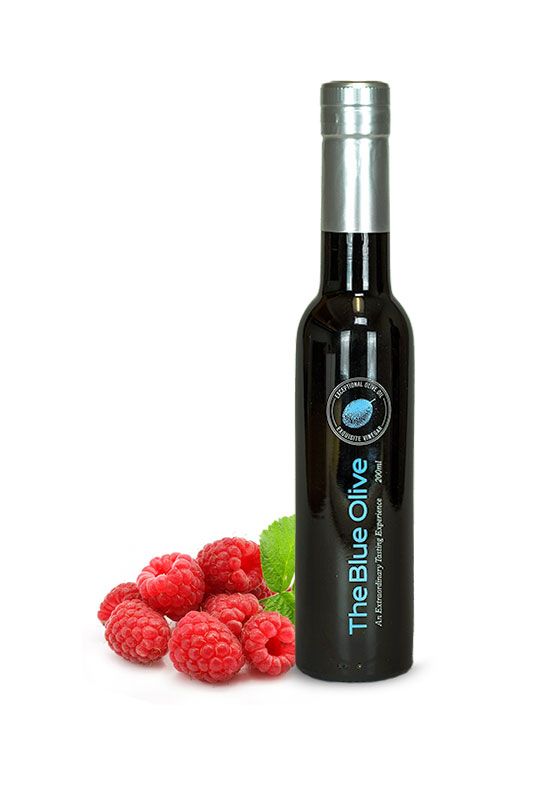The only source for specials, coupons member only sales
The Four Enemies of Extra Virgin Olive Oil
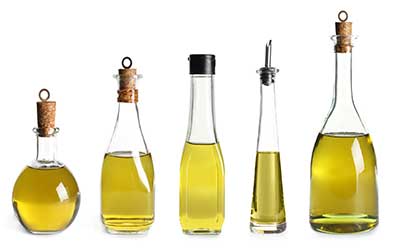
You’ve heard that you should avoid buying olive oil in clear glass or plastic bottles. Have you ever wondered why?
In 2012, researchers confirmed with a three-year study that light, heat and oxygen are the biggest enemies of extra virgin olive oil. Damaging to their flavor, overall quality, and healthfulness, improper storage that exposes olive oil to these elements can change an oil so much that it would no longer be classified as an extra virgin olive oil.
It’s alarming that olive oil is still sold in clear plastic bottles in grocery stores, but the thing is, it may not even be real extra virgin olive oil to begin with. Here is our complete breakdown of how these elements damage high-quality olive oil.
Light
There’s a good reason we store our oils in dark green bottles. There’s also a good reason we fill bottles on an as-needed basis. The three-year study at The Australian Oils Research Laboratory found that exposure to light increased rancidity and decreased antioxidants compared to oil stored in the dark. Both rancidity and the decline in health benefits can happen at any point for the oil, researchers said, which is why it’s important to use proper storage methods throughout the life of the oil and not just in the short term.
Chances are, if your extra virgin olive oil supplier is taking steps to shield their product from light in their shop, your olive oil has been adequately protected during transport and storage as well.
Heat
Unregulated temperature is another foe of oil. Essentially, the lower the storage temperature, the slower the oxidation. The slower the oxidation, the longer the shelf life your olive oil will have without the unpleasant flavors and aromas that warm temperatures cause.
Lower storage temperatures also stabilize beneficial properties in the oil, like phenols, which have antioxidizing effects. This isn’t to say, however, that refrigeration is necessary - it is not. Currently, olive oil sold commercially is stored at temperatures roughly between 68 and 78 degrees fahrenheit, but that’s warmer than the recommended 60 to 70 degrees fahrenheit that will ensure slower oxidation when compared to a near 80 degrees.
Oxygen
Keeping olive oil away from light and sources of heat will ensure it stays fresh longer, but protecting it from air is a different story.
We prioritize the freshness of all our Blue Olive oils: extra virgin varietal, infused, fused, nut and truffle. One process that aids us here is applying nitrogen immediately after a fusto canister is filled after each opening. This nitrogen/carbon dioxide/argon gas mixture is heavier than oxygen and it places a protective layer on the product, preventing its contact with oxygen and slowing the progress of oxidation.
The application of of this inert gas mixture atop the oil combats the harmful effects of oxidation. What makes it harmful? Read on.
Any oxidizing fat (like olive oil) will eventually form peroxides. Peroxides cause buildup of free radicals in the body which then have health implications that can extend to DNA damage that increases risk for cancer. Author and athlete Ben Greenfield describes oxidized olive oil as “Essentially something that’s supposed to be good for you, being bad for you when you consume it.”
A natural protection against oxidation lies in the oil itself: polyphenols. The higher the phenol count in the oil, the longer the oil lasts. This is related to when, during the maturation of the olives, the fruit is crushed for oil. How do you find out the phenol count in your olive oil? A reputable source will always have available the specific chemistry analysis (including free fatty acids, oleic acid, peroxides and diaclyglycerols) of each and every olive oil along with an organoleptic assessment of fruitiness, bitterness and pungency.
Time
Olive oil is never better for you or better tasting than the day it was milled, malaxed and extracted. This makes time a big enemy of olive oil. Proper storage practices like keeping your tightly-sealed olive oil in a cool place and away from light exposure will extend its shelf life, but it won’t keep extra virgin olive oil unaffected by these elements forever. So, use your olive oil within a reasonable amount of time after purchase. We recommend usage as soon as possible within 6 months. Olive oils from The Blue Olive are always labeled with a harvest date, something not found in typical supermarket oils. And if you don’t know when your oil was harvested, how would you know exactly how long it’s been on the shelf?
Because the sourcing of our olive oils is determined by the most recent hemisphere’s olive oil harvest, our rotation is twice per year. That means if you walk into our shop in March, you’ll be presented with a selection of oils crushed from olives harvested in the northern hemisphere in the fall of the previous year. Rotating based on the harvest ensures varietal olive oils are the freshest they can possibly be when they hit our store shelves.
The Blue Olive follows the strictest guidelines set out by regulators of the olive oil industry. Our Premium Grade qualification ensures the above methods are followed during production, storage and presentation of extra virgin olive oil and we want to make sure our customers have what they need to continue proper storage to retain the health benefits and flavor profiles of each unique oil at The Blue Olive.






